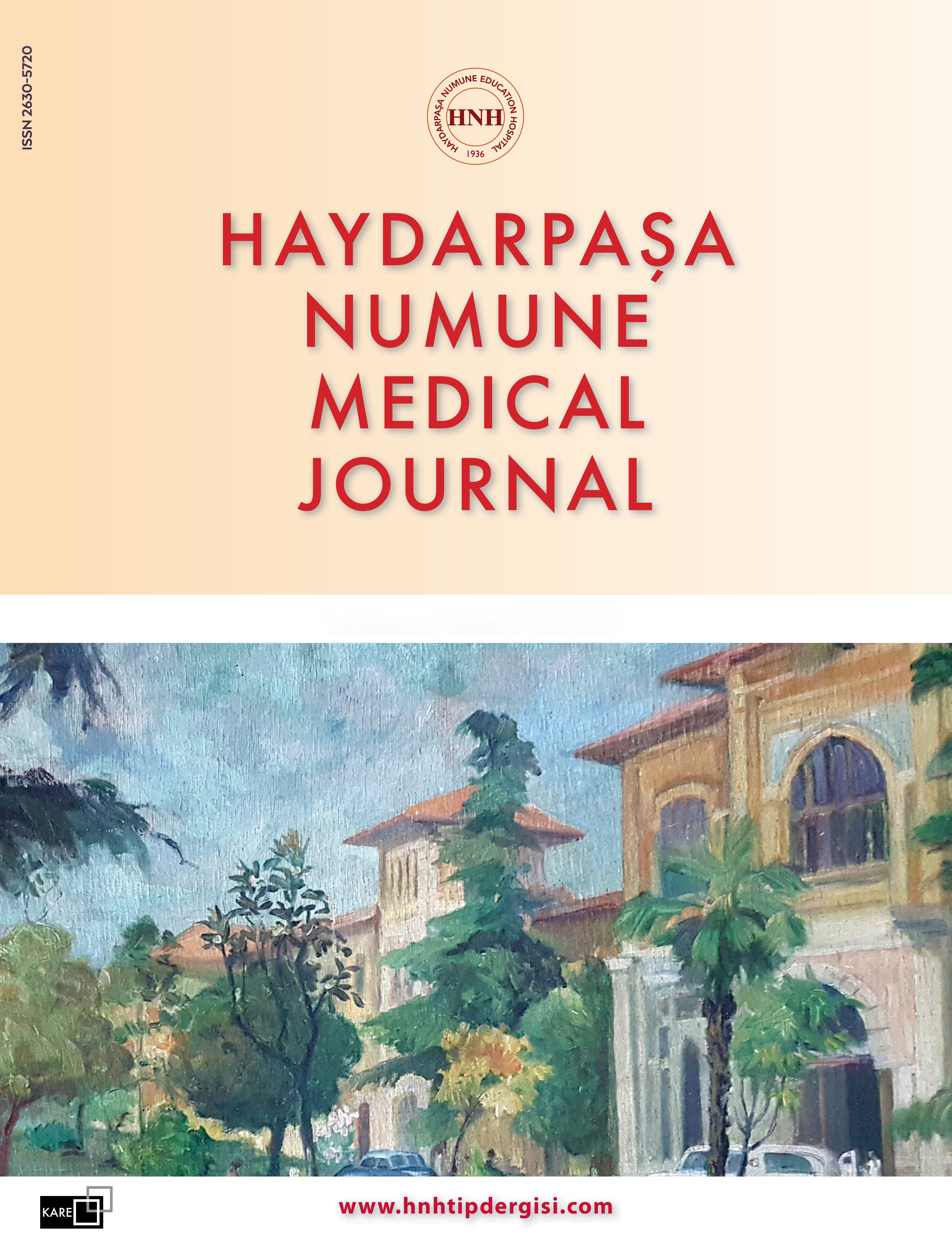Assessment of Olfactory Dysfunction in COVID-19 Patients with Validated Quantitative Test: Sniffin' Sticks Test
Çağrı Becerik1, Fatma Gülüm İvgin Bayraktar2, Selim Kul3, Uğur Dincer4, Çiğdem Tepe Karaca5, Sema Zer Toros51Department of Otolaryngology, Kemalpaşa State Hospital, İzmir, Türkiye2Department of Otolaryngology, University of Health Sciences Türkiye, Okmeydanı Prof. Dr. Cemil Taşçıoğlu Training and Research Hospital, İstanbul, Türkiye
3Department of Otolaryngology, Çerkezköy State Hospital, Tekirdağ, Türkiye
4Department of Otolaryngology, Reyhanlı State Hospital, Hatay, Türkiye
5Department of Otolaryngology, University of Health Sciences Türkiye, Haydarpaşa Numune Training and Research Hospital, İstanbul, Türkiye
INTRODUCTION: The SARS-CoV-2 virus can cause a high rate of olfactory disorders. Although some patients report subjective improvement, quantitative olfactory tests may not reflect an actual improvement in olfactory function. The aim of our study was to assess the olfactory dysfunction caused by SARS-CoV-2 using the Sniffin' Sticks test and to determine whether there is a significant difference in the results of olfactory tests between patients with olfactory recovery and those without.
METHODS: The study included 54 patients with olfactory disorders after a COVID-19 diagnosis and 27 healthy controls. COVID-19 patients were divided into two groups: Group 1 (n=27) with recovered complaints and Group 2 (n=27) with persistent complaints. Olfactory functions were tested using the Sniffin' Sticks test and compared with those of the healthy controls (Group 3, n=27).
RESULTS: Threshold (T), Discrimination (D), Identification (I), and TDI scores significantly decreased (p<0.01) between the olfactory dysfunction groups (Groups 1 and 2) and the healthy controls. Comparison between Groups 1 and 2 showed significant decreases in D, I, and TDI scores (p<0.01), while T scores did not differ significantly (p>0.05). In Group 1, the mean recovery time for olfactory dysfunction was recorded as 11.7 days.
DISCUSSION AND CONCLUSION: In the subjective evaluation of COVID-19 patients who reported improvement in their sense of smell, the validated olfactory test revealed that their olfactory impairment persisted. According to the results of the Sniffin' Sticks test, lower TDI values were observed compared to healthy controls.
Keywords: Anosmia, COVID-19, Olfactory disorders.
Manuscript Language: English
















